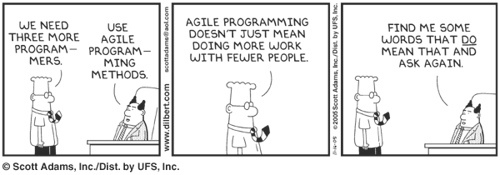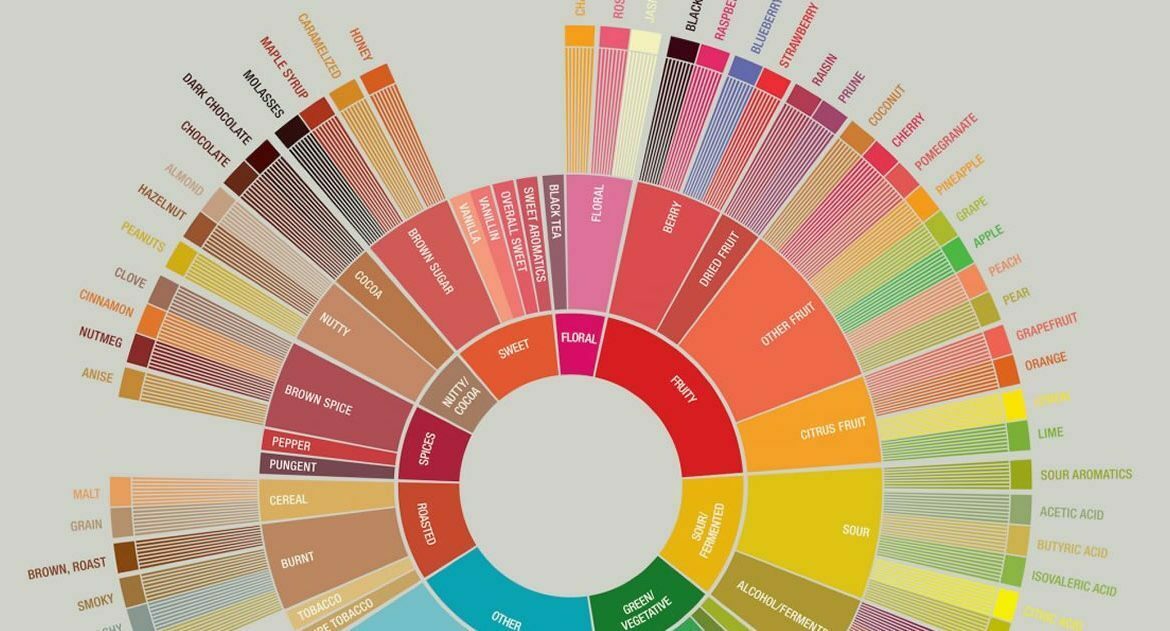Hello lovely Lean-Agilists!
I come to you today for a bit of clarity.
If you were to explain Agile to someone who was previously unfamiliar, how do you convey what you do? As if you were explaining it to your parents/grandparents (or children) ![]()
I too run into this challenge often when explaining what Community as a profession is (especially to my parents and non-technology networks!).
Much, much appreciated for your input here.
Context: I am speaking today at this: https://quartzatworkfromanywhere.splashthat.com/
I want to make sure I explain the importance of Agile in very simple terms as the audience may not be as well-versed in the discipline. I thought who could be the better experts than right here ![]()








